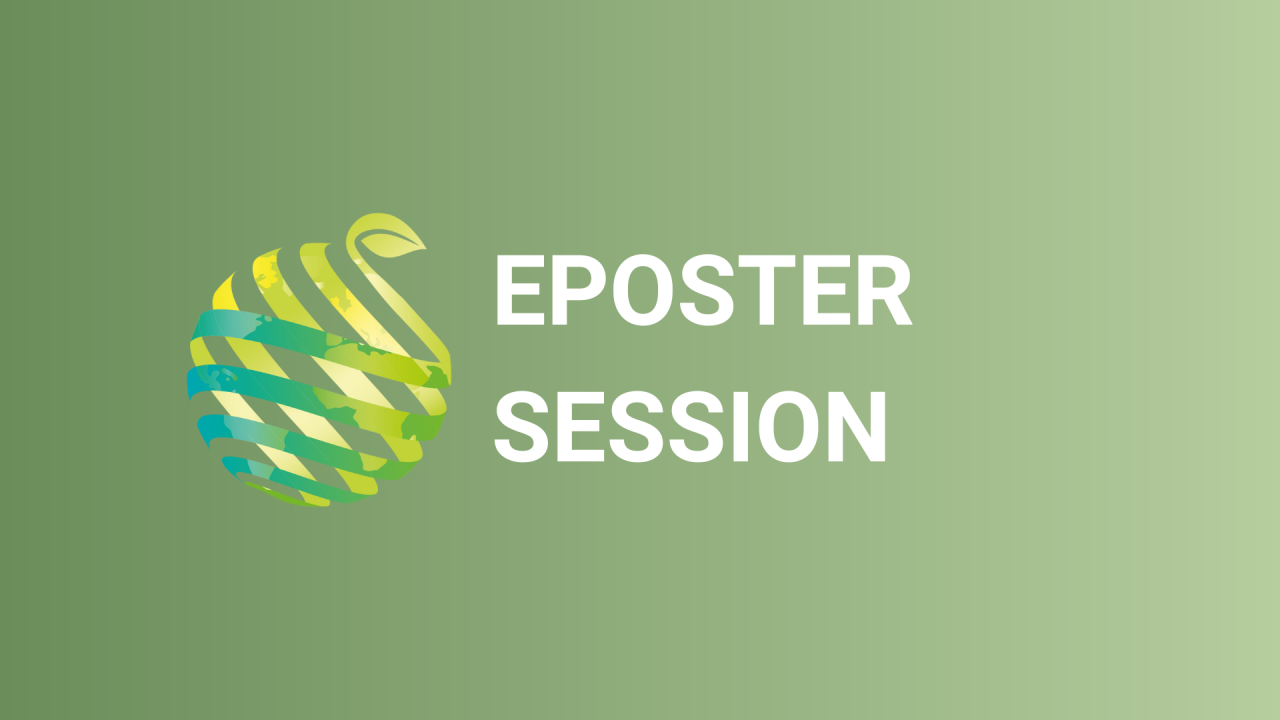

S18 - Session P2 - Precision Agriculture - Screen S18.1
Information
Authors: Piyawan Phuphong *, Sylvie Desilles, Lysette Lacambra, Marie Pelletier
As plant row cover, it offers protection for plants against insect pests like vectors of viral diseases, especially during dry season when infestation is high, which could damage the vegetable crops.
Spunbond row cover was used on tomato production in managing whitefly infestation and transmission of Tomato Yellow Leaf Curl Virus (TYLCV) disease during summer in Chiang Mai, Thailand. Tomatoes were transplanted in randomized complete block design at three replications: with and without spunbond treatments. Two varieties were used: intermediate resistant and susceptible to TYLCV, Petchompoo 2 and Thep PraThan, respectively. The result showed an interaction between treatment and varieties on marketable yield. Spunbond row cover resulted in Petchompoo 2 variety increasing 38.8% and Thep Prathan variety increasing 241.3% marketable yield compared with without spunbond condition. Viral disease incidence and severity were significantly affected. With spunbond row cover, tomatoes exhibited lower viral disease incidence at 1.3% and lowest disease severity at 0.2% on leaves of Thep PraThan variety. The cost benefit analysis revealed a 17.03% increase in investment for spunbond cover.
However, the increase in yield and returns from spunbond compensates for the higher cost. It is more beneficial and reasonable to use on a susceptible variety with a produce that is mostly demanded by the market. Based on agronomic performance, the present study has proven the benefit of using spunbond as plant cover to lower viral disease occurrence and increase yield in tomato production during dry season. Nevertheless, from the economic analysis, the investment should be studied to improve the cost efficiency of spunbond as plant cover and achieve higher profits.